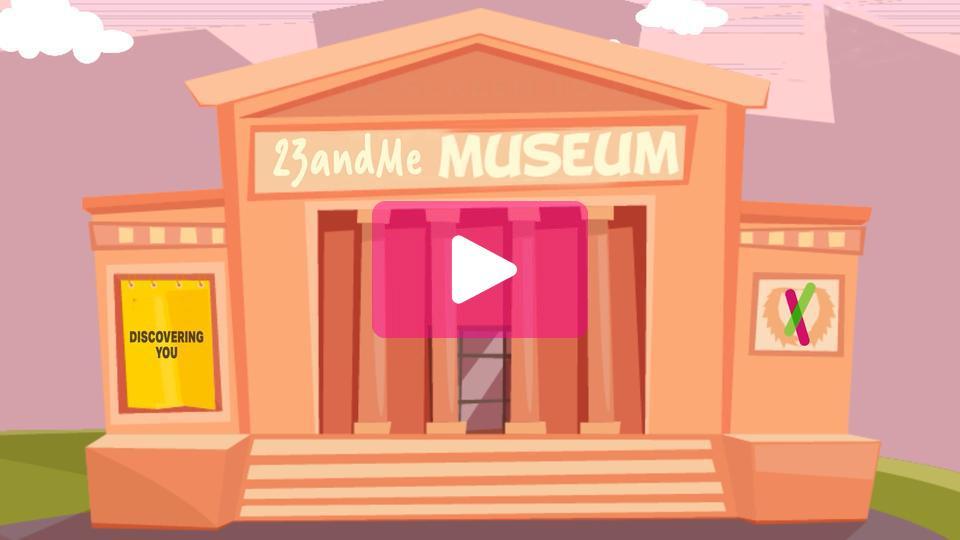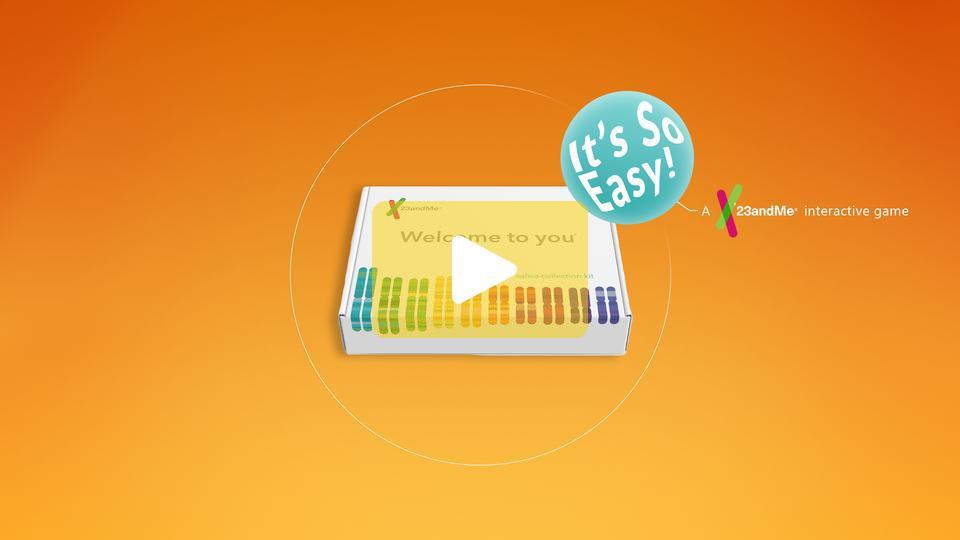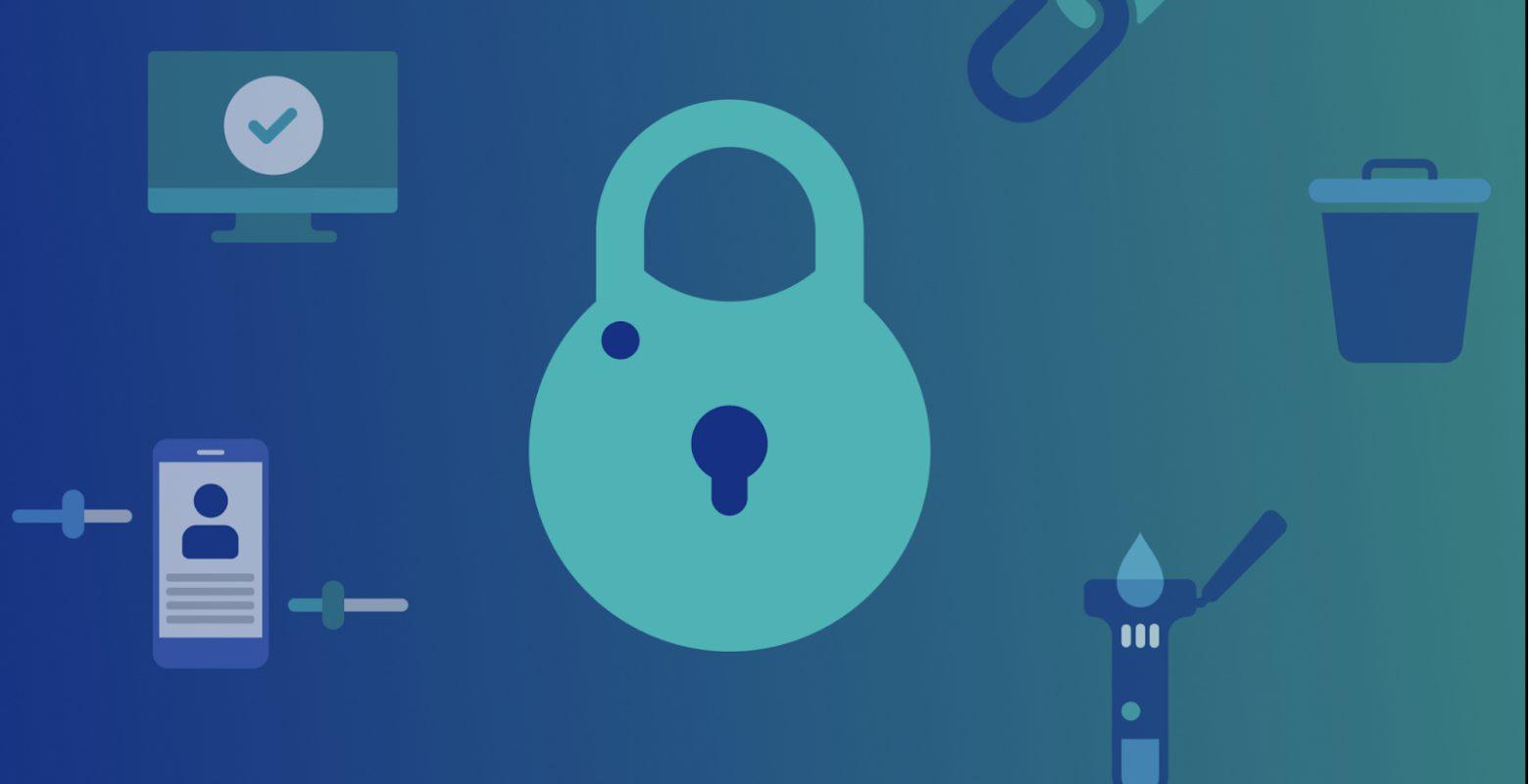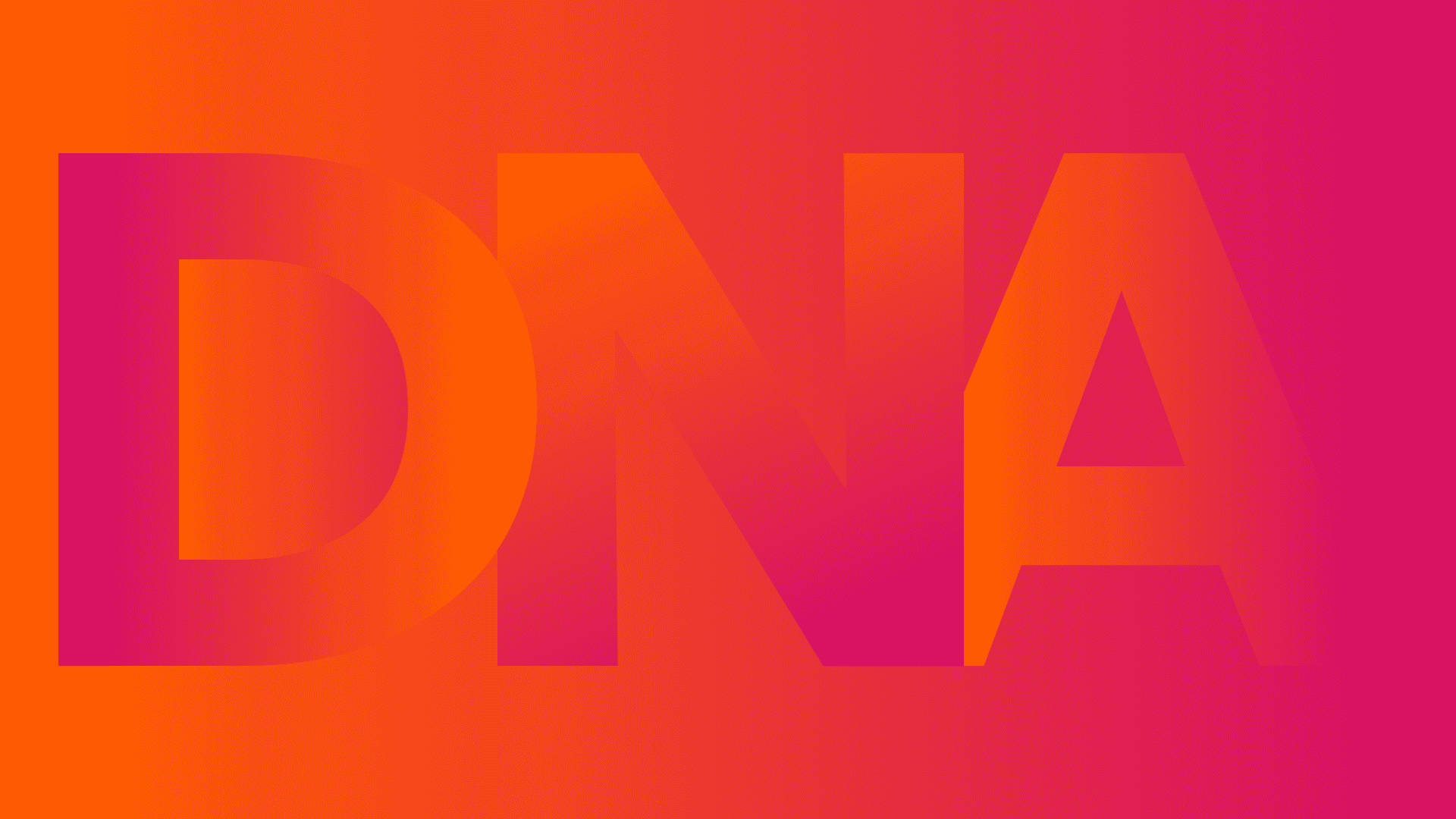
Mark Ackerley speaking about DNA Melody at the Cleveland Clinic’s Personal Healthcare Summit.
Mark Ackerley speaking about DNA Melody at the Cleveland Clinic’s Personal Healthcare Summit.
Mark Ackerley, a composer and a member of 23andMe’s marketing team, recently spoke at a personalized medicine conference about his creation, DNA Melody. While there, a string quartet performed a composition he wrote inspired by Dr. Kathryn Teng’s DNA Melody. Dr. Teng is the director of the Center for Personalized Healthcare at the Cleveland Clinic. Below is a condensed version of his talk as well as an excerpt of the piece Mark composed called “A Celebration of Vitality.”
By Mark Ackerley
When I was in the fifth grade, I got to stay up late one night and watch the Arsenio Hall Show. That night, Bill Clinton took the stage and proceeded to WAIL on the saxophone – which blew my 10 year-old mind. I decided that I had to be cool like this guy – I wanted to wail too.
So upon entering my music class in school, I told them I wanted to play saxophone, “preferably with dark glasses on.” The instructor responded with: “Why don’t we start you on clarinet…it’s just as cool, trust me.” The teacher would not hear my cries of “but…I want to wail.” So I got a clarinet, and over the course of the next year I firmly established myself as second to last chair in my class. The girl in last chair never actually got her clarinet. Thus began my illustrious career in music.
I hear people say so often “I used to play (insert instrument) but I quit when I was 13. I wish my parents had made me continue.”
My response is always “It’s never too late.” At 21, I had never taken music lessons (except my brief affair with the clarinet) and I didn’t know what middle C was or how to read a score. Fast-forward eight years and I had a Bachelors Degree in Piano Performance from a major university, a Masters Degree in Music Composition from a major conservatory, and an opportunity to write a new piece for the Berkeley Symphony. It’s never too late.

A Celebration of Vitality
The fact is everybody plays a musical instrument. In fact you play THE instrument that all others seek to imitate — one that is capable of more colors and qualities than any other in the world. That instrument is the human voice, and you have been playing it since birth. On top of that, before you were able to see, smell, taste, or feel — it was SOUND that shaped your world, and the cells that formed your body in its primal stages were (and still are) governed by a rhythm. Your body is a musical instrument.
I’d like to leave you with a question. But first, imagine ancient man. These people and their societies were preoccupied with the basic necessities of survival: food, water, shelter, and procreation. Music will not help you get any of these (trust me). And yet, every culture around the world and in every historical age there is evidence that music was practiced in some form. Music has never been pivotal to the success or failure of a society, yet it frames the most important aspects of our lives. We use music for war, weddings, and religious ceremonies, even funerals! I hear people say: “I want this song played at my funeral.” That is such a profound statement — that my lasting impression on my loved ones can be summed up in this piece of music. And conversely, it’s now commonplace to see a mother-to-be holding headphones to her stomach. It’s clear that music is one of the cornerstones of what it means to be human. My question is: Why? Why is this phenomenon so pervasive, when as I’ve demonstrated it has no utilitarian value? There is perhaps no one ‘right’ answer, but it is a question worth asking. The best I can do to answer is this:Just as DNA binds us all in a common thread, music fulfills the basic human desire to feel connected, and reminds us that we are not alone in the universe.
My name is Mark Ackerley and I am a composer. I write music. I also work for 23andMe on the Marketing team. I was recently invited to the Cleveland Clinic’s main facility in Ohio to share my creation, DNA Melody. They asked me to present at the Third Annual Summit on Personalized Healthcare, and to explain why it’s important to engage individuals who might be hesitant to approach the world of genomics. DNA Melody seeks to do just that. To help consumers understand their genetic information in a new and exciting way. Don’t get me wrong; DNA Melody is not a diagnostic tool, it won’t directly inform someone of his or her genetic conditions. But it will shed some light on how genomics works, and how everyone can find it interesting and engaging.
DNA Melody works like this: About 35 SNPs are arranged in an algorithm that translates genotypic information from an individual, to four different musical parameters. Those parameters are rhythm, pitch, timbre, and key signature. If we look at the SNP associated with eye color for example, you might have an ‘AA’ where I might have an ‘AG’. The algorithm would insert a different rhythmic value based on that difference. Expand this process over the other SNPs and your melody begins to take shape.
You may wonder if someone out there has the same melody as you. Given the number of variables in the program, the odds that two people (assuming they are not identical twins) have the same exact melody is about 1 in 10^28. In other words, anyone who signs up for 23andMe will get a totally unique melody based entirely on their personal genetic information.
To date, there are over 250,000 DNA Melodies. Discover, download, share, and compare yours today. You can find the DNA Melody feature in the Ancestry Tools section of your account.
![]()
Hear the music in you and create your own DNA Melody. Not a customer? Visit our store!



